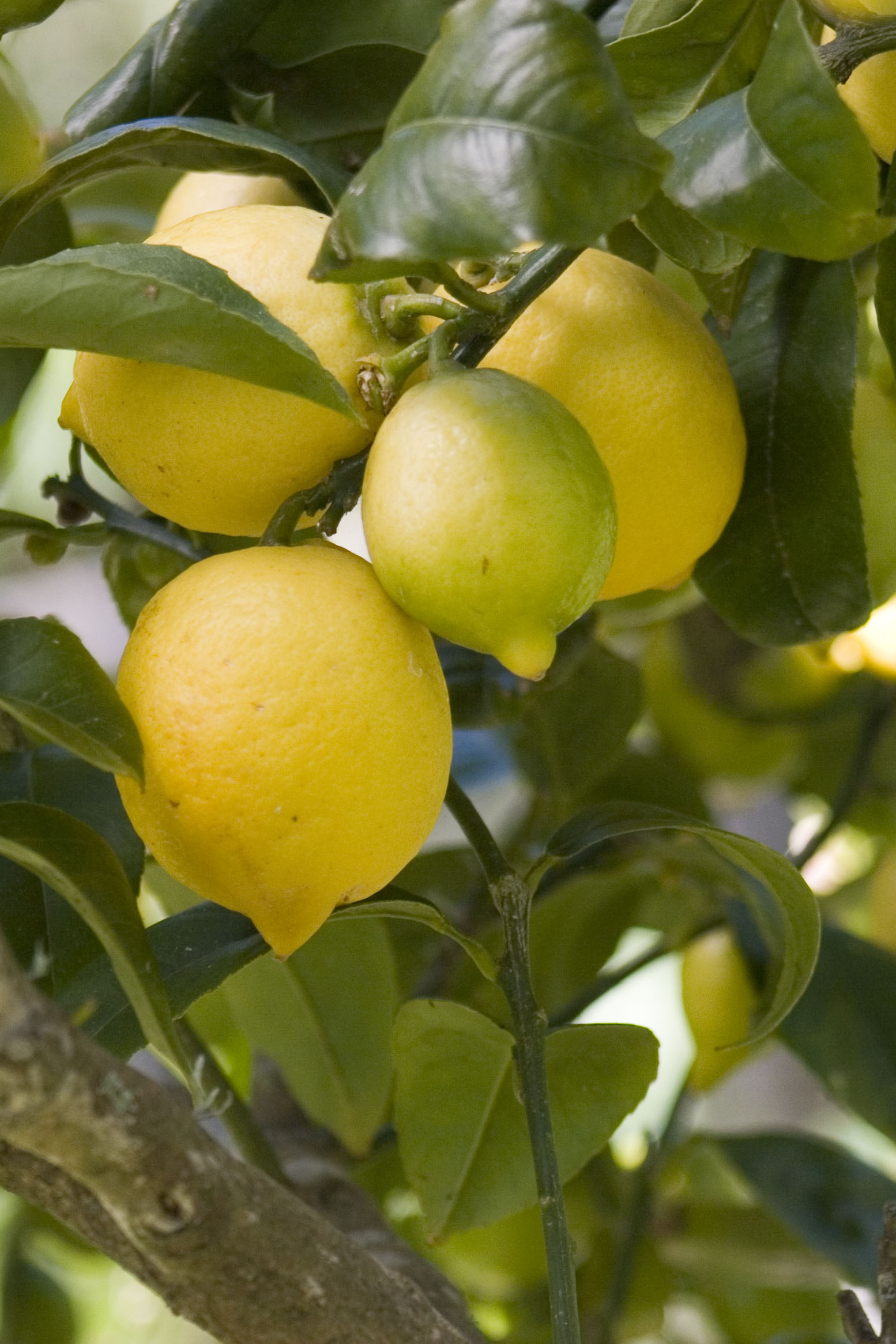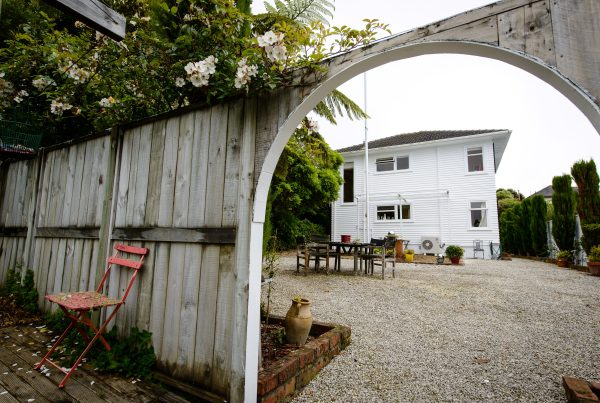
- Asking boys of all ages to pee beneath a lemon tree will be rewarded by glossy green leaves and prolific fruit production. All citrus enjoys a regular well-aimed dose of nitrogen and water, particularly in summer.
- Increasing the organic matter in the soil will solve many gardening problems. It adds nutrients, helps wet soil drain and keeps dry soil moist. I spread mulch, add compost or grow green manure in each garden bed at least once a year. It’s a long-term game.
- Bare soil is bad soil. Soil covered with mulch or plants, or preferably both, stays moist and productive, grows fewer weeds and stays put in a gale.
- Aerating soil is effective and easier than digging. I use a large garden fork to gently lift the soil in lines about 20cm apart after clearing an area for planting. It allows air, water and roots to penetrate easily. Compost on the surface will fall down the cracks to where the plants most need it.
- Knee-high fences formed from strips of concrete reinforcing mesh placed around beds will protect crops from dogs and cats. Covered with wind-break cloth and topped with bird netting, they’ll keep out wind, some insects and birds too.
- Storing seeds in an airtight container in a cool place with some silica gel keeps them dry and fresh. Some seeds will keep well for a few years if sealed up this way, particularly brassica, lettuce, bean, pea and many herb seeds. Parsnip seeds, however, are best bought fresh each season.
- Keeping a pile of newspaper sheets on the kitchen bench makes it easy to collect kitchen scraps for a compost heap or worm farm. Wrapping them makes them less smelly and slimy, so it’s easy to clean your compost bucket and the worms will enjoy the newsprint.
- Seed labels, including the variety and date of sowing or planting, are my garden diary. I use a Sharpie fine permanent marker on plastic labels so they last long enough to be useful. If something is worth repeating, I know when and what to do next year.
- A head-torch hung by the back door helps me find slugs and snails on damp nights or pick my crops in the dark. I use it regularly and know where to find it, so I can rely on it when there’s a power cut too.
- Home-grown lettuce is a treat as long as the only crunch is from the freshness of the leaves. I soak salad and herbs in a large sink of water to which I’ve added a teaspoon of salt for ten minutes and swish around to release grit, bugs and slugs. A salad spinner is an indispensable gadget in my kitchen.
Try one or two of these tips and see if they are true for you too. Or test your own truths by experimenting with techniques and traditions borrowed or invented to make your edible garden a unique, delicious and rewarding experience.





